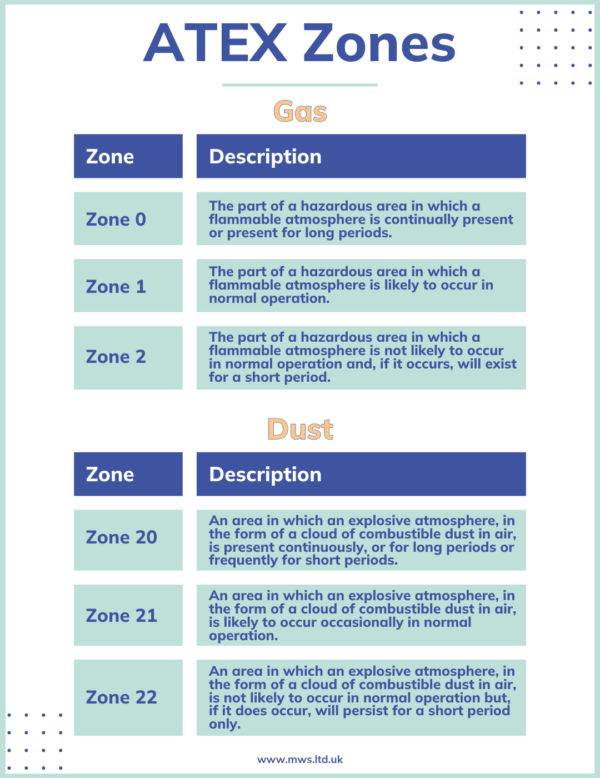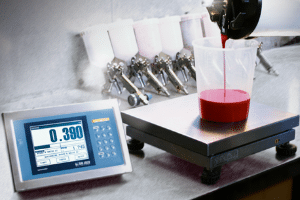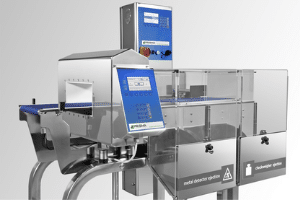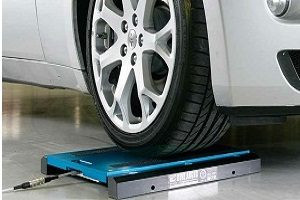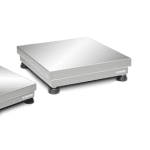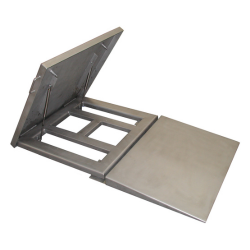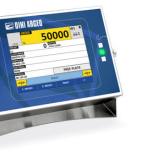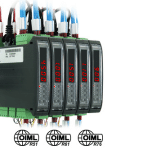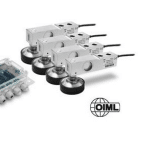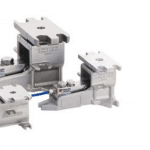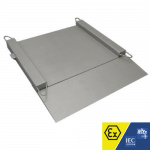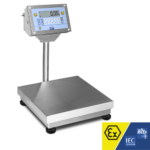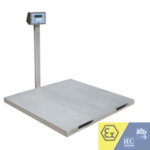What does ATEX mean?
ATEX is a set of European Union directives that regulate the use of equipment in potentially explosive atmospheres. It is governed by The Dangerous Substances and Explosive Atmospheres Regulations 2002 (DSEAR) which requires employers to control the risks to safety from fire, explosions and substances corrosive to metals.
Two key ATEX directives are:
- ATEX 137: This directive covers the minimum requirements for improving the safety and health protection of workers potentially at risk from explosive atmospheres.
- ATEX 95: This directive covers the minimum requirements for the protection of workers against the explosion hazards of potentially explosive atmospheres in the workplace.
The ATEX directive applies to equipment and protective systems intended for use in potentially explosive atmospheres, as well as to equipment and protective systems intended for use in areas where explosive atmospheres may occur. The directive applies to a wide range of equipment, including electrical, mechanical, and chemical equipment, as well as protective systems such as explosion-proof enclosures, ventilation systems, and emergency shutdown systems.
ATEX is designed to ensure that equipment used in potentially explosive atmospheres is safe and reliable, and that it is used in a way that minimises the risk of explosions and other hazardous incidents.
ATEX Ratings for Weighing Scales
There are different ATEX ratings depending on the material and the zone. These are:
ATEX Zone Classification for Gases:
- Zone 0: The part of a hazardous area in which a flammable atmosphere is continually present or present for long periods.
- Zone 1: The part of a hazardous area in which a flammable atmosphere is likely to occur in normal operation.
- Zone 2: The part of a hazardous area in which a flammable atmosphere is not likely to occur in normal operation and, if it occurs, will exist for a short period.
ATEX Zone Classification for Dusts:
- Zone 20: An area in which an explosive atmosphere, in the form of a cloud of combustible dust in air, is present continuously, or for long periods or frequently for short periods.
- Zone 21: An area in which an explosive atmosphere, in the form of a cloud of combustible dust in air, is likely to occur occasionally in normal operation.
- Zone 22: An area in which an explosive atmosphere, in the form of a cloud of combustible dust in air, is not likely to occur in normal operation but, if it does occur, will persist for a short period only.
Often scales cover both Gas and Dust ratings, however there are circumstances where some scales are only rated to Gas or Dust. Because of this, it’s vital that you speak to an ATEX specialist to ensure you get the correct scale for the material and zone you are operating in.
Where to Buy an ATEX-Rated Scale in the UK
MWS has the experience and knowledge to understand your application and deliver the right ATEX weighing scale and/or accessories for your needs. We understand that every hazardous area is different and each application has specific requirements that must be met or adhered to depending on the nature of the atmosphere and the explosive elements that are present.
Contact us today for a free consultation about your ATEX requirements.
